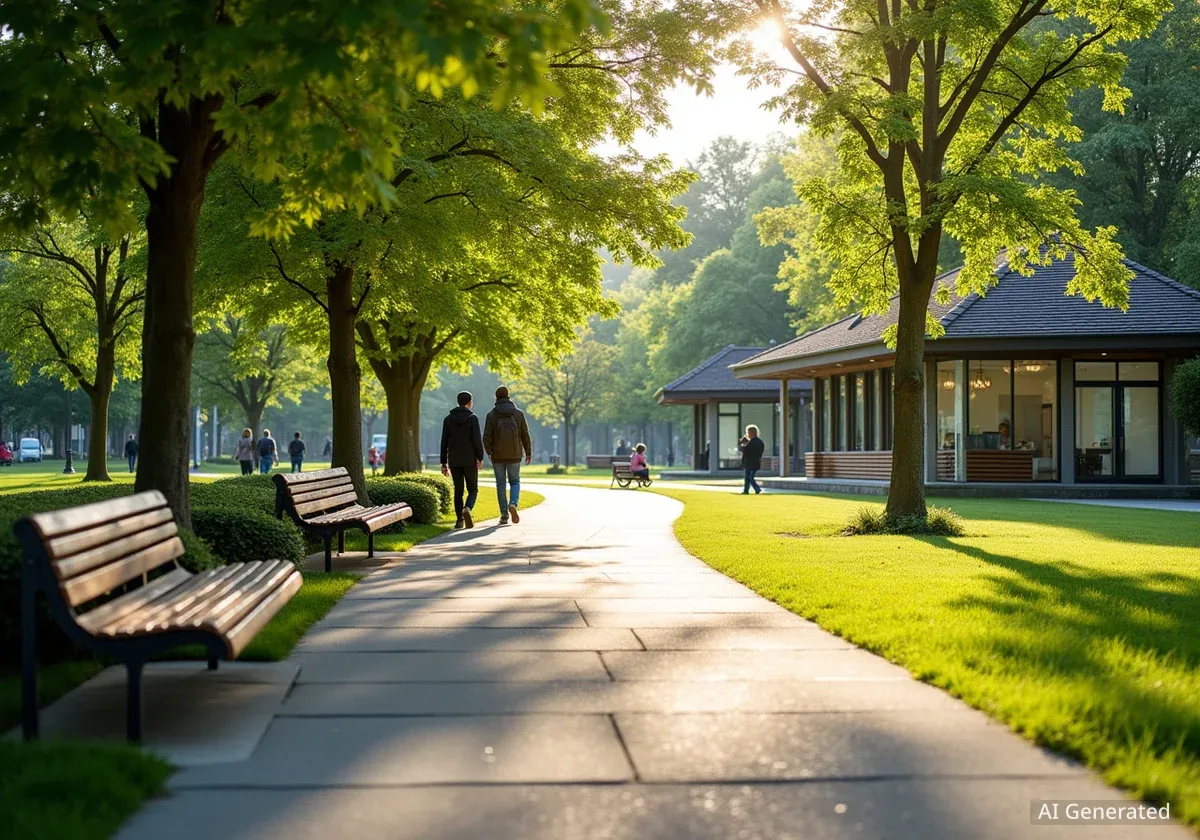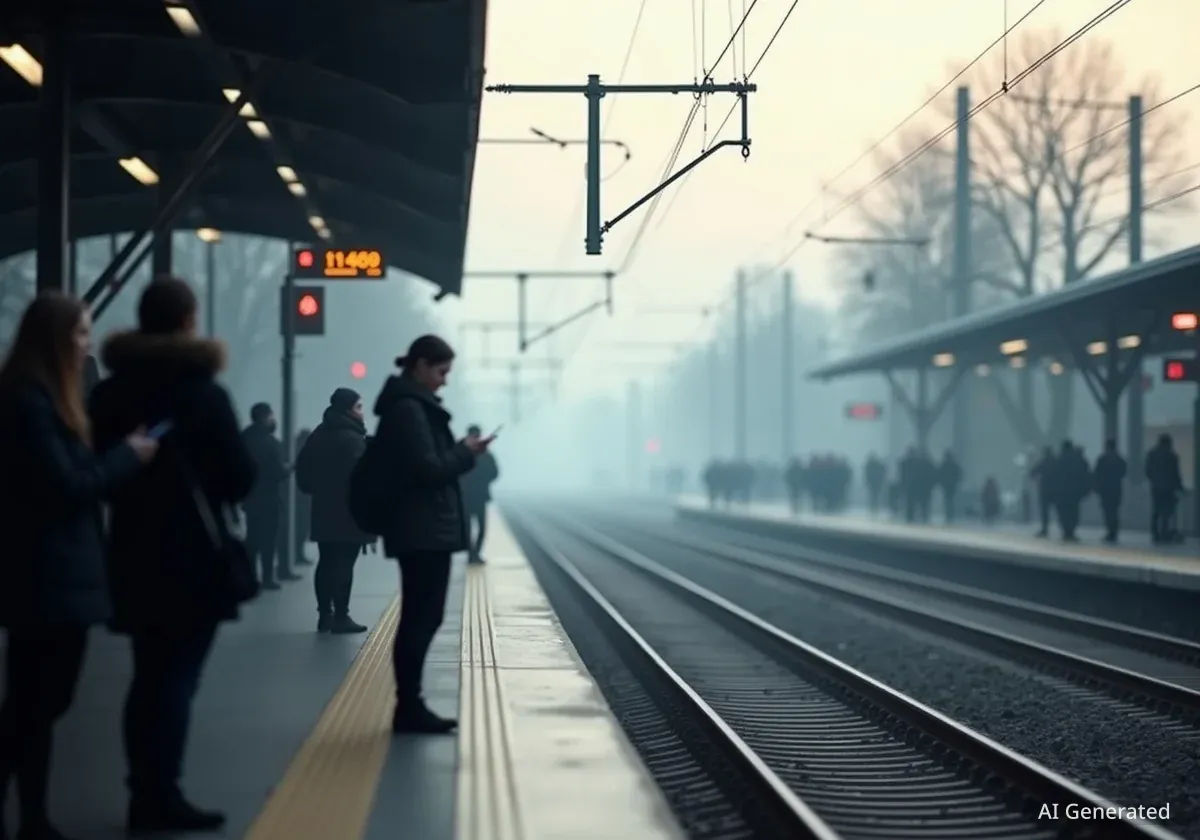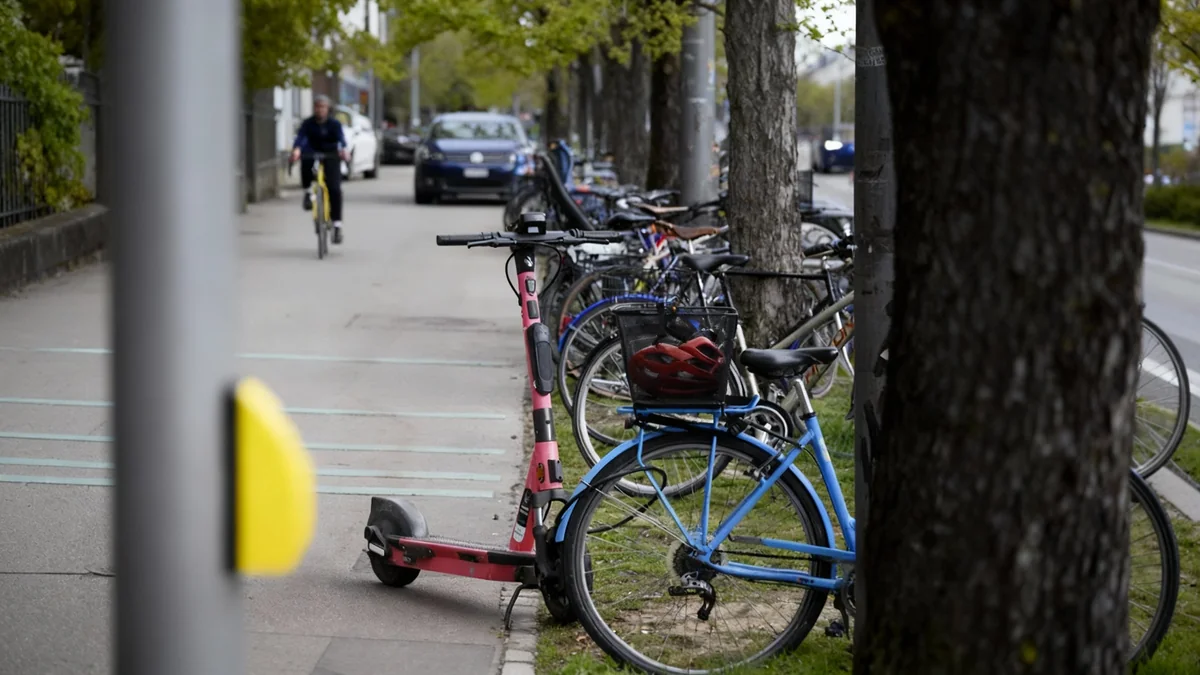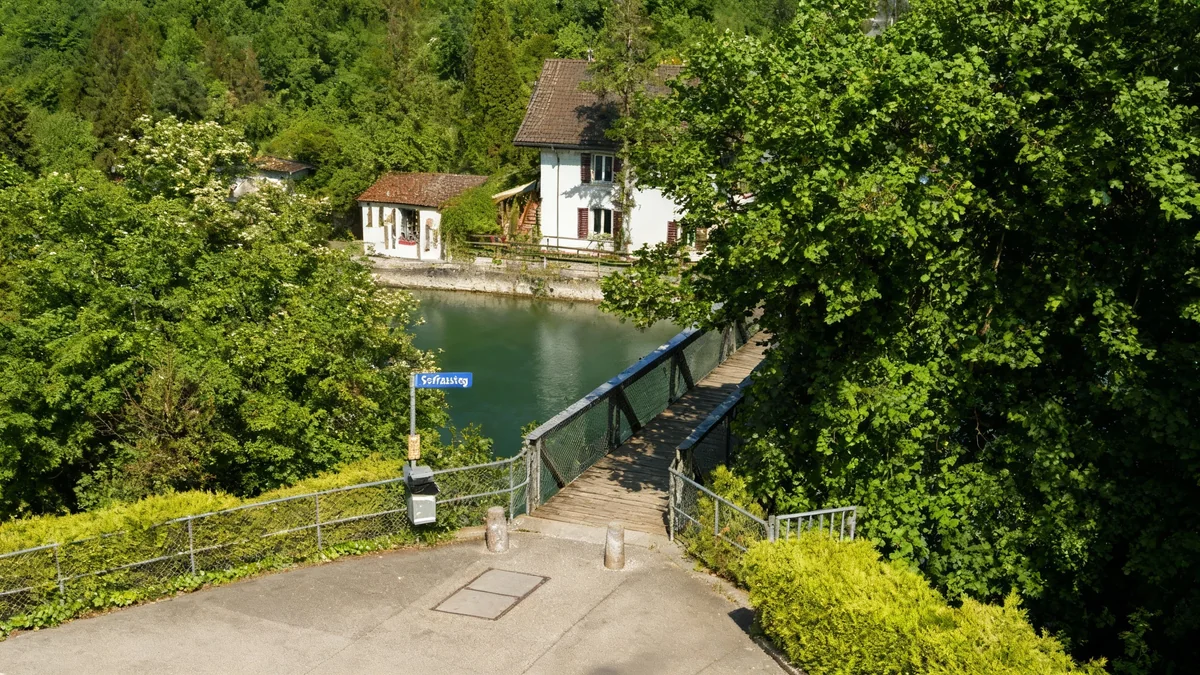Bern's historic Kleine Schanze park, located next to the Federal Palace, has fully reopened to the public following extensive renovation work. The park now features improved accessibility, enhanced environmental sustainability, and a revitalized park café. City officials announced the completion of the project, highlighting its focus on resource conservation and historical preservation.
Key Takeaways
- Kleine Schanze park is fully accessible after renovations.
- New systems save nearly 100,000 cubic meters of drinking water annually.
- Historical elements, including pathways and structures, have been restored.
- The park now offers more shade and improved barrier-free access.
Sustainable Water Management Implemented
City Green Bern prioritized resource conservation during the renovation. A significant environmental upgrade involves the park's new automatic irrigation system for its lawns. This system now uses excess water from the duck pond, collected and stored in cisterns, reducing reliance on fresh drinking water.
The duck pond itself has received an eco-friendly overhaul. It now operates with a modern circulation system that requires very minimal fresh water input. This innovative approach is expected to save a substantial amount of drinking water each year.
Water Savings
The new water management systems in Kleine Schanze are projected to save nearly 100,000 cubic meters of drinking water annually. This is a major step towards environmental responsibility for the city.
Historical Character Preserved and Enhanced
Maintaining the historical integrity of Kleine Schanze was a central goal of the renovation. Where possible, existing historical structures and materials were preserved and repaired. The pathways in front of the park café have been returned to their original layout, reflecting the park's earlier design.
The lighting candelabras and the music pavilion were repainted in their original color schemes. These efforts ensure that while the park benefits from modern upgrades, its traditional appearance remains largely unchanged. The blend of historical preservation and modern sustainability makes the park a unique public space.
"We made sure to retain the historical substance wherever possible," stated a representative from City Green Bern. "The park now looks similar to its past, but operates in a much more environmentally friendly way."
Improved Accessibility and Public Amenities
A key aspect of the renovation was to make Kleine Schanze more accessible for all visitors. The upgrades include features that improve barrier-free access, allowing more people to enjoy the park's facilities. Additional trees have been planted to provide more shade, enhancing comfort during warmer months.
The park café has also been renewed, offering a refreshed space for visitors to relax and socialize. These improvements aim to make the park a more welcoming and functional area for the community.
Kleine Schanze's Rich History
The Kleine Schanze, situated next to the Federal Palace, once served as a defensive stronghold for Bern's city fortifications. During the 19th century, it gradually transformed into the public park seen today. Beyond its green spaces, sunbathing areas, and the park café, the World Post Monument, erected in 1909, is a prominent feature of the landscape.
Benefits for Bern Residents and Visitors
The completion of the Kleine Schanze renovation brings multiple benefits to Bern. Residents and tourists alike can now enjoy a revitalized public space that is both historically rich and environmentally conscious. The park offers a peaceful retreat in the heart of the city, with improved amenities and a commitment to sustainability.
- Enhanced Green Spaces: More shade and well-maintained lawns.
- Eco-friendly Operations: Significant water conservation efforts.
- Historical Authenticity: Restoration of original pathways and structures.
- Increased Comfort: Renewed park café and better accessibility.
According to City Green Bern, the project represents a successful model for urban park development, combining respect for the past with forward-thinking environmental solutions. The park is expected to remain a central gathering point for the community for many years to come.
Future Urban Green Initiatives
The success of the Kleine Schanze project may influence future urban green space developments in Bern. The city is exploring ways to implement similar sustainable practices in other public areas. This includes evaluating water usage, promoting biodiversity, and improving accessibility across various parks and recreational zones.
The focus on resource efficiency and ecological balance aligns with Bern's broader goals for urban development. Projects like Kleine Schanze demonstrate how historical sites can be modernized without compromising their heritage or environmental footprint.
Key Features of the Park
The Kleine Schanze features extensive green and sunbathing areas, a park café, an elevated music pavilion, and the iconic 1909 World Post Monument. These elements contribute to its distinct character and appeal.
The park's reopening marks a milestone for Bern, providing a renewed public space that serves as a testament to the city's dedication to both its history and a sustainable future. Visitors are encouraged to explore the enhanced features and enjoy the improved environment.




